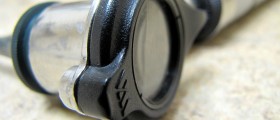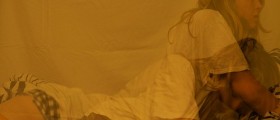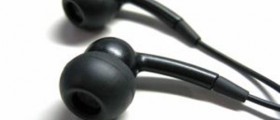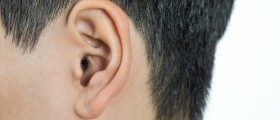
Varying types of aids are available; they differ in terms of circuitry, power and size as well as function. However, certain components are common to all types of aids. These necessary components are: microphones, amplifiers, receivers, filters and batteries. Microphones pick up the sound, filters block out background noise. amplifiers increase the sound strength and receivers deliver the sound to the ear canal. The devices are powered by long-lasting batteries.
Hearing aids can be monaural or binaural, that is, fitted to one or both ears respectively. Aids can also be classified as digital, in-the-ear, behind-the-ear, on-the-body or in-the-canal, depending on the location. Digital hearing aids can be very advanced and many contain lots of different features.
Benefits of Disposable Aids
Most disposable aids have digital capabilities and can be bought either online or in person. They are light and usually very subtle in terms of outward appearance. Disposable aids are helpful for those with mild impairments. They are inserted deep into the ear canal, but can be removed easily and require little maintenance. Most are easy to manage, reliable and high-quality in terms of the service they provide. For those concerned with aesthetics, they also come in varying shades and colours.
As for their function and role, disposable aids are, as the name suggests, discardable and replaceable. The battery or power cell is fitted permanently within the aid, thus making it necessary to get rid of the device after it runs out of power. A new aid can then be fitted. These disposable aids are designed to save on power - the battery life lasts much longer than those contained in "ordinary" hearing aids. Another convenience of disposable aids is the fact that many irritating tasks such as battery replacements and cleaning and adjusting are eliminated. These aids also possess other useful features, such as the ability to tune into conversations. They can also block out background noise and with certain adjustments can amplify particular sounds as desired.
- www.who.int/pbd/deafness/activities/hearing_care/student.pdf
- www.who.int/medical_devices/systematic_Review_needs.pdf
- Photo courtesy of Tech. Sgt. Tony Tolley, 1st Combat Camera Squadron via: www.airforcemedicine.af.mil/Media-Center/Display/Article/425596/air-force-army-team-takes-ent-medicine-to-new-horizons/

















Your thoughts on this
Loading...